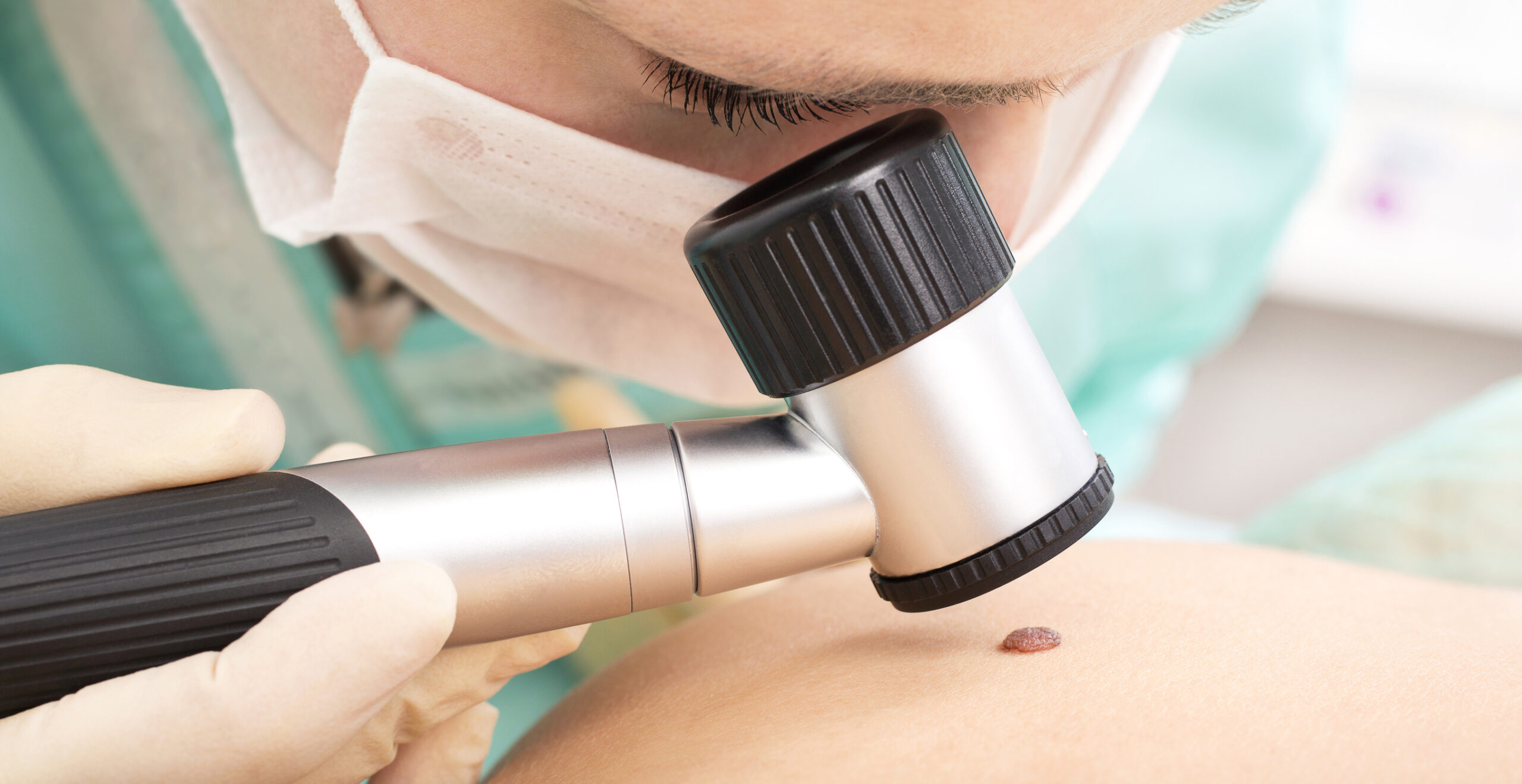You noticed a few new moles and the internet got to you, so you now want to know how you can run a skin examination on yourself. Good ! There is no better way to spot any harmful moles early and have them removed if necessary.
There is an easy way to standardize the process because it is all about keeping track of changes. To facilitate the process the ABCDE rule should be kept in mind, it helps to distinguish a harmless mole from possible melanoma.
ABCDE Rule – How to look for the 5 signs
- Asymmetry: regular moles are symmetrical as opposed to melanoma, which is asymmetrical. Typically this implies that a mole which imitates a near perfect circle is probably harmless.
- Border that is irregular: the edges of a regular mole look normal whereas those of melanoma appear jagged.
- Color that is uneven: regular moles have a uniform color whereas melanoma can portray multiple different colors.
- Diameter exceeding 6 mm: regular moles can grow up to 6mm in diameter whereas melanomas generally exceed this threshold.
- Evolution: the rapid growth of a mole or a pigmented stain may be suspected as melanoma.
If you encounter one or more of these signs, it is important to contact your doctor for proper assessment. During the visit to the dermatologist, a dermoscopic examination is performed for the purpose of identifying early presence of melanoma.
Keep in mind that even a regular “self check” can’t substitute a visit to a professional who will have the experience and required tools to closely examine your skin.
-
3,400 Physicians
-
110,400 Annual surgeries
-
190,400 Annual Inpatient Admissions
-
928,000 Patients



